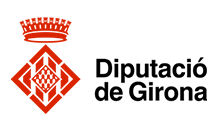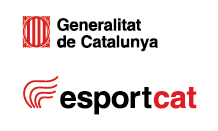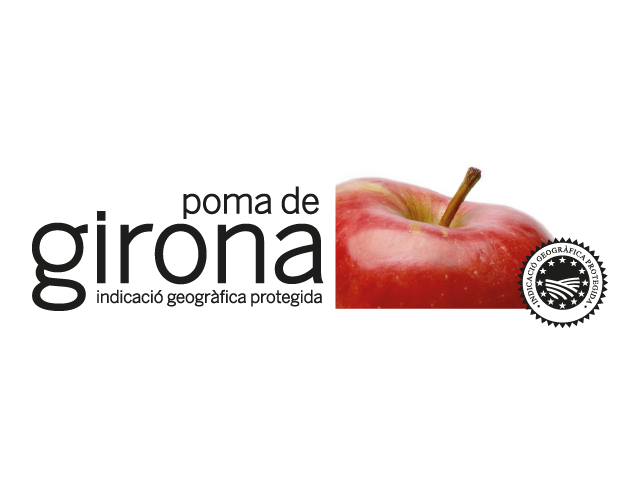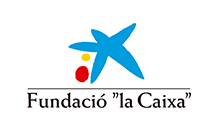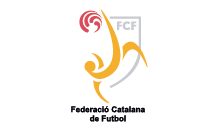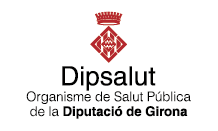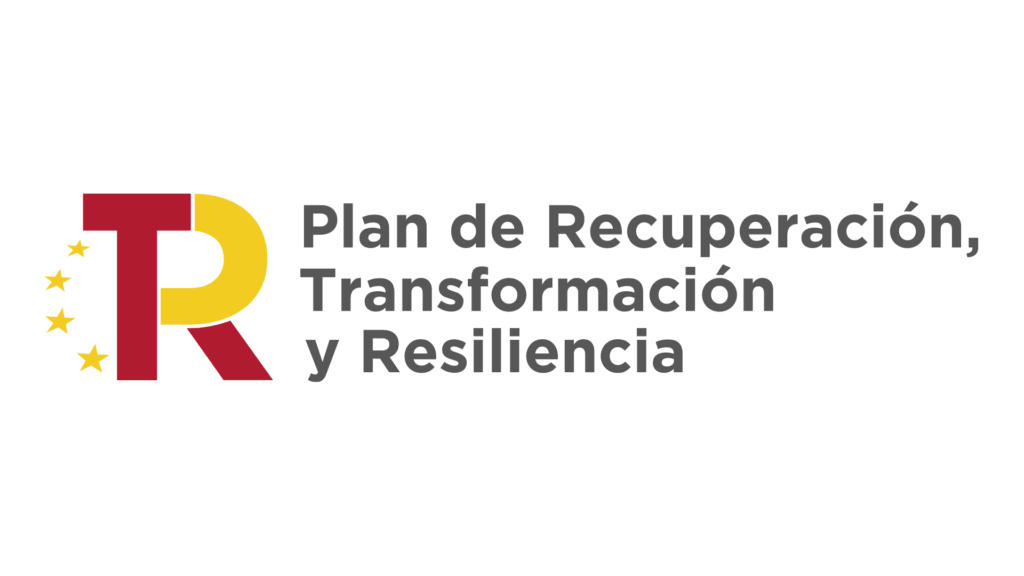TOURISM
Come to visit the Costa Brava!
Being of MICFootball is to enjoy first-hand an incomparable tourist destination. The Costa Brava is a territory with a lot of life. From incredible beaches and coves to high mountain peaks, as well as volcanic areas and amazing nature.
Needless to mention the charming towns, coastal and inland, that will leave you in awe. The land of Salvador Dalí. The place to taste the best local gastronomy. A region to fall in love with.
Here we leave you some places of interest, distributed according to the accommodation areas of the participating teams, so that you can plan your visit to the Costa Brava this Easter.
Let’s go!
ZONE 1
LLORET DE MAR
- Camí de Ronda
- Water World. During the summer season, don’t hesitate to go to the largest water theme park in all of Catalonia.
- Gnome Park. Fun is guaranteed in this children’s park inside the forest with its inhabitants the gnomes, who invite you to participate in their games and activities.
- Santa Clotilde Gardens. This noucentista garden contains a great place of beauty, it is located on a cliff and connects the Mediterranean Sea within its landscape.
- Museum of the Sea Discover the life of the sailors, through a tour where you will learn how the markets worked, the place where the women mended the nets to be able to get back out and much more.
- Sant Joan Castle. This fortification is located on the Castle Hill where you will enjoy the panoramic views of the Costa Brava.
- Castell d’en Platja. One of the most photographed emblems of Lloret, Santa María Castle or better known as Castell d’en Platja, a construction from the Indian period.
- Modernism route through Lloret: Walk around Lloret and you will find small modernist treasures such as: Cemetery, Parish Church of Sant Romà, Sant Pere del Bosc and Can Font.
- Iberian settlements: Iberian settlement of Turó Rodó. Iberian fortress of Puig de Castellet. 40 meters above Lloret we find one of the Iberian towns that settled from III BC to I BC
- Cala Boadella: Traditional nudist beach. which has gradually made way for other bathers over the years, with a very peaceful environment that is still very unspoiled.
- Santa Cristina Beach Fine sand beach where you can find all the services you need for a day at the beach.
- Cala Canyelles White beach with coarse sand, you cannot reach the beach by car, as access is restricted.
ZONE 2
PLATJA D'ARO
- Passeig Martítim
- Miniclub, el Babyclub i el Familyclub.Clubs full of activities for children of all ages on the beach, during the summer
- El Trenet del Vall d’Aro. Free activity for the little ones in the house, enjoy a circuit with a scale model train.
- Playa de Aro Adventure Park. A unique park to enjoy 120 different activities; balance games, jumps, vines, zip lines and climbing places
- Aquadiver. Fun, adrenaline and pure relaxation are the 3 words that best define the experience at Aquadiver. The water park of reference on the Costa Brava in a unique and unbeatable location.
- Benedormiens medieval castle. A castle that has been modified over the years, which now has a different appearance than when it was first built.
- Parc dels Estanys + sculptures. Natural space located in the heart of the town, where you will find stops to observe the landscape and the birds of the area.
- Cavall Bernat. Monolith located just 7 metres high on the beach, one of the most photographed emblems of Playa de Aro
- Cala Belladona, beach surrounded by vegetation of pines, cactus and reeds
- Cala del Pi. Isolated cove surrounded by cliffs and pines, popular in summer for rock jumping and scuba diving.
- Girona
- Girona Cathedral, symbol of the city of Girona, located at the highest point of the city, with Romanesque feet, Gothic body and Baroque face.
- Jewish Quarter, Arab baths, Jewish museum Historically it was one of the most important Jewish quarters in the whole of the West, and currently it is the best preserved Jewish quarter in all of Europe.
- Bike lane route. Girona – Sant Feliu de Guixols, 41 km bike route, with low difficulty, gentle slopes, following the route of the old narrow-gauge Girona-Sant Feliu train.
- Platja Gran
- Cala Sa Conca
ZONE 3
PALAMÓS
- Camino de Ronda: walk through the most beautiful coves in Palamós, Cala Foradada beach, Cala Corbs, Cala Estreta to Cala Bona.
- Explora Park: Adventure activities space for the whole family
- Mirador del Puig del Terme: the ideal place to see the views of the Palamós territory
- Fishing Museum Find the origins of an active and living world, as can be seen in the fishing dock of the port of Palamós.
- Claustre Mas del Vent. We find the remains of a Romanesque cloister that has been the subject of a notable controversy in relation to its origin.
- Sant Esteve de Mar Castle located in a privileged place in terms of landscape, facing the sea on a cliff.
- Poblet Iber Platja del Castell. The space was inhabited until the 1st century BC, and experienced several stages of splendour and urban expansion. Its privileged location on the seashore and the rugged topography of the place, enabled the Iberian village of Castell to become a prosperous and easily defensible centre.
- Cala s’Alguer
- La Bisbal de Empordà
Visit a ceramics workshop. You will enter the world of ceramics, and then you will have a demonstration at your turn. They will let you turn a little to see if you have the material of a ceramist and you will be able to decorate your own piece. - Pals
- Palafrugell
- Peratallada
Historic-artistic centre in one of the most important and well-preserved centres of medieval architecture in the country.
ZONE 4
L'ESTARTIT
- Passeig del Molinet. Walk to the closest point to the Medes Islands on the mainland.
- Torre del Rellotge. Used by fishermen to dye fishing nets and improve them, it now has decorations with a seafaring theme.
- Calle Santa Anna. Main axis of the town, shopping street and social centre.
- Amusement Park. Children’s amusement park, churrería and karting.
- Sunflower Fields. Sunflower and rice fields visible from the bike path.
- Aiguamolls del Baix Ter. Wetlands with salt and freshwater lagoons, sand dunes and bird watching areas.
- Illes Medes. Archipelago part of the Montgrí Natural Park with 7 islets and a great variety of native fauna and flora species.
- Gorge of the Ter. Mouth of the Ter River, part of the Montgrí Natural Park.
- Lake of Banyoles. The lake basin of l’Estany is the largest karstic complex on the Iberian Peninsula, which was formed in the Quaternary period.
- Montgrí Castle. Unfinished military fortification with 4 viewing points where you can see the Medes Islands, the bay of Roses, the beach of Palos and even the Canigó.
- Museum of the Mediterranean. The aromas and sounds of the Mediterranean.
Anchovy and Salt Museum. Museum of the history of fishing since the 16th century and the salting of anchovies in L’Escala. - Gala Dalí Castle (Púbol). Building given to Gala by Dalí to offer her a place to rest and, at the same time, the birthplace of many of the works inspired by Gala.
- Banyoles Pinxo Train. Tourist train of a characteristic red colour that runs along the eastern edge of the Estany and the historic centre of Banyoles.
- Cala Calella. Small and picturesque cove formed by a set of rocks and located in the middle of a stretch of sea with crystal-clear waters. It is an ideal place to enjoy a moment of harmony and tranquility.
- Cala Pedrosa. Small cove of stones and pebbles surrounded by abundant pine trees and rocks. It has spectacular seabeds and is protected from the waves by a large rock, the island of Pedrosa, located at the entrance to the cove.
ZONE 5
ROSES
-
- Toy Museum (Figueres). Journey through the history of industrial toys in Catalonia. Games from the childhood of our parents, grandparents, great-grandparents and children, but also from personalities such as the brothers Anna Maria and Salvador Dalí, Federico García Lorca, Joan Brossa, Quim Monzó, Ernest Lluch, Salvador Puig Antich, Terenci Moix or Pere Casaldàliga, among others.
- Dalí Museum (Figueres). Considered the last great work of Salvador Dalí, everything in it was conceived and designed by the artist, to offer the visitor a true experience and to immerse them in his captivating and unique world.
- Salvador Dalí’s Birthplace. Inmersive experience to do a visual and auditory journey through the different aspects of this universal and multifaceted figure. A unique space in which the thousand faces of Dalí unfold.
- Sant Ferran Castle. Due to its vast surface area (32 hectares) it’s the largest XVIIIth centrury fortress in Europe. Discover the history and all the corners of the fortress with the tour “The Cathedral of Water,” which will take you through the underground tunnels and huge cisterns
- Roses Lighthouse. It preserves the original basic structure and a garden area that was part of the Castle of the Trinity.
- Cadaqués village. A historic complex located in the easternmost part of Catalonia with a historic centre declared a Cultural Asset of National Interest for its whitewashed facades and coloured shutters.
- Medieval village of Peralada. A village with an exquisite architectural heritage, crowned by the Peralada castle and a host of tourist experiences to enjoy, such as golf, the casino, the spa, horse riding, cycling or restaurants.
- Cap de Creus Natural Park. A natural park with a wild, varied and colourful landscape, enriched by cliffs, rocks, islands and islets and coves, as well as a great and varied biodiversity from the Mediterranean and the rest of the European continent.
- Empordà Wetlands Natural Park. Three main areas: the Estanys reserve: with reed beds, ponds and floodable meadows, the Llaunes reserve, with coastal lagoons, brackish meadows and dunes and the Caramany Island reserve, in the middle of the Fluvià and full of bird nests.
- Historical centre
Ciutadella. Renaissance fortification inside which there is an archaeological site of very wide chronology, with remains from ancient, Visigothic, medieval and modern times. - Trinidad Castle. Military construction from 1544 built as a complement to the Ciutadella and has the shape of a five-pointed star with pronounced angular edges to defend against enemy projectiles.
- Megalithic Heritage. Dry stone, Cave-dolmen of the Cuarentena II irrigation ditch, Menhir of the Casa Quemada I.
- Visigothic Castrum. Also known as the Puig Rom settlement, remains of ceramics, bronze pieces and iron objects and Visigothic agricultural tools have been found, as well as the walls, houses and silos of the ancient settlers.
- Tourist Train. Route with the Roses tourist train that allows you to delve into the thousand-year-old history of Roses and enjoy the views of the Bay of Roses, the crystal-clear coves and the sea caves of the Natural Site of National Interest and Integral Reserve of the Cap de Creus Natural Park.
- Almadrava Beach A beach with fine, golden sand, although the southern section is full of pebbles, and moderate waves. Easy to access and quite busy, it has a wide range of services.



